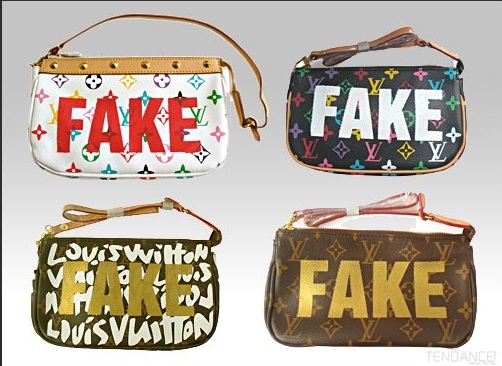Popular fashion designs have been copied throughout history—and a new exhibition reveals the blurred line between stealing an idea and celebratory homage.
The superb economic writer for the New Yorker magazine pointed out that counterfeits are really a win-win business.
The only people who can afford the real thing buy it six months before counterfeits are on the market. By the time they have competition on the street, they have moved on to the next luxury item. Rich people are flattered as the peons pick up their Vuitton bags and Chanel suits. Designers are inspired to move on more quickly to catch the next wave.
If we don’t solve the inequality problem this way, at least we make everyone happy for a moment. Wiin. Win.

